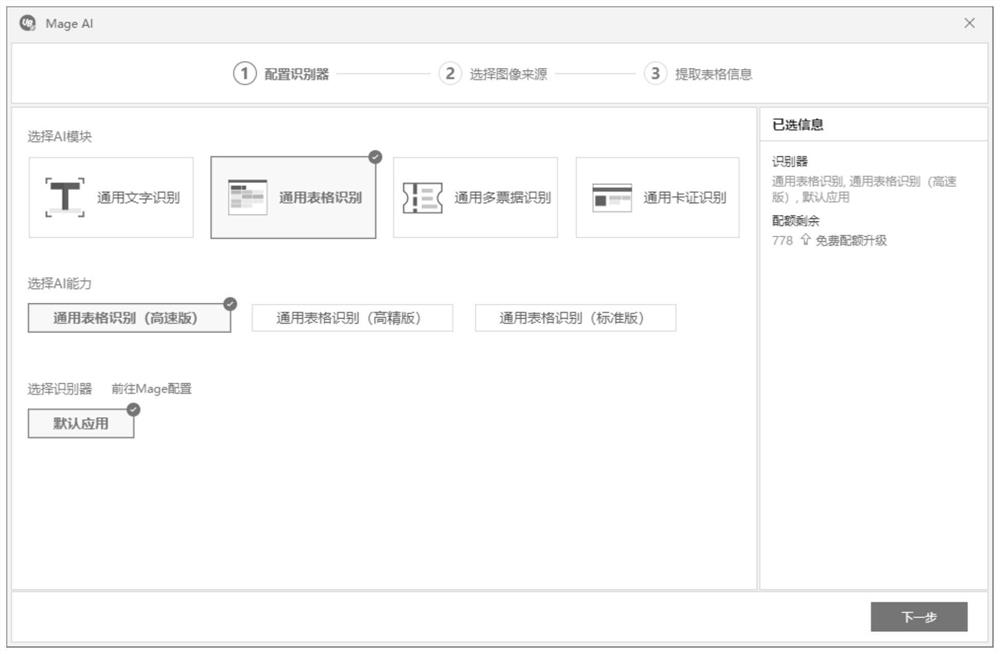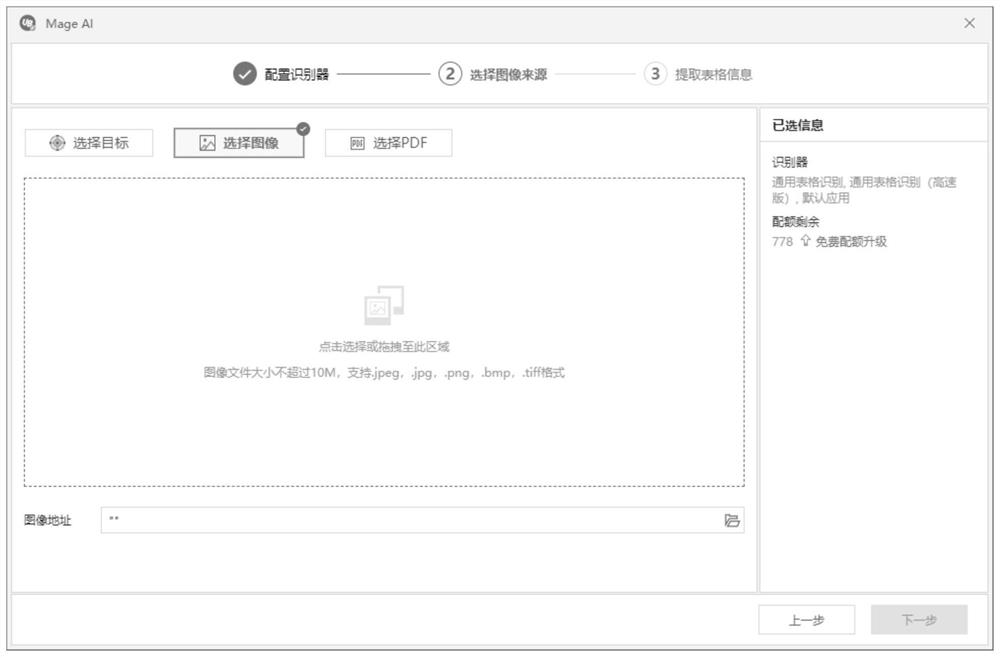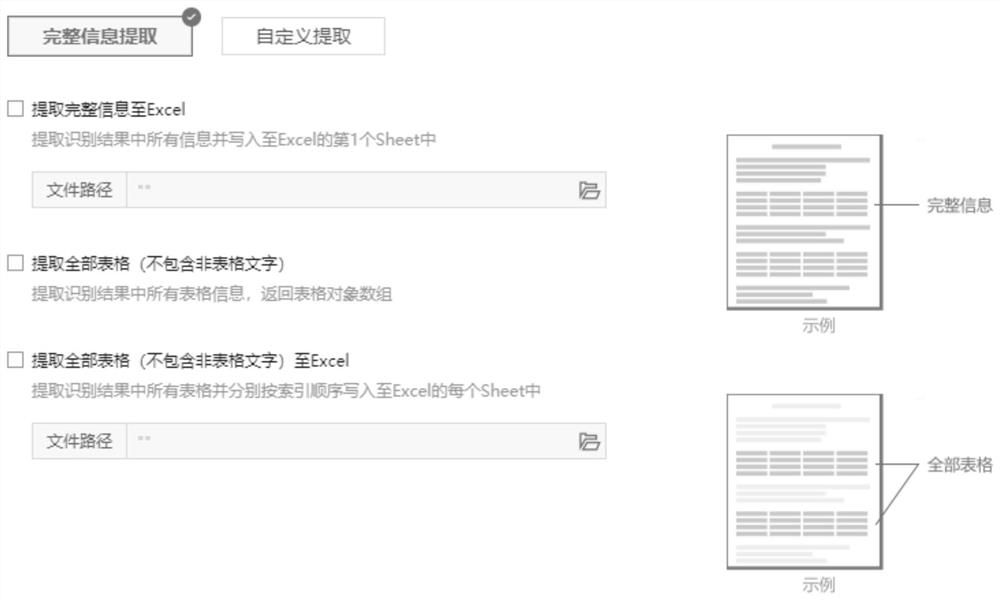Table content extraction method and device based on RPA and AI, equipment and medium
An extraction method and table technology, applied in the field of table content extraction based on RPA and AI, can solve problems such as error-prone, low work efficiency, time-consuming and laborious, and achieve the effect of avoiding the operation of writing code and improving work efficiency
- Summary
- Abstract
- Description
- Claims
- Application Information
AI Technical Summary
Problems solved by technology
Method used
Image
Examples
Embodiment 1
[0090] Robotic Process Automation (RPA) is abbreviated as RPA, which simulates human operations on computers through specific "robot software", and automatically executes process tasks according to rules. The RPA robot can intelligently understand the existing applications of the enterprise through the user interface, and automate the routine operations based on rules, such as automatically and repeatedly reading emails, reading Office components, operating databases, web pages and client software, etc., collecting data, and performing tedious tasks. calculations, generate files and reports in large quantities, and complete boring file inspections. It can greatly reduce the input of labor costs, effectively improve the existing office efficiency, and complete the work accurately, stably and quickly.
[0091] AI (Artificial Intelligence) is the English abbreviation of artificial intelligence. It is a new technical science that studies and develops theories, methods, technologie...
Embodiment 2
[0110] figure 2 It is a schematic flowchart of a method for extracting form content based on RPA and AI provided in Embodiment 2 of the present invention. The method can be applied to application scenarios such as form data screening and entry systems, and can be executed by an RPA and AI-based form content extraction device, which can be implemented by means of software and / or hardware. Such as figure 2 As shown, the method provided in this embodiment specifically includes:
[0111] 110. Acquiring pictures in the set area.
[0112] Among them, the setting area refers to the area to be recognized where the picture to be recognized is located in the user operation interface. For details, please refer to Figure 1b . The picture in this area may be a screenshot that the user wants to identify, or may also be a pre-stored existing image, or may also be a PDF document or the like. Since the method provided by the embodiment of the present invention mainly extracts table con...
Embodiment 3
[0127] image 3 A flow chart of a preferred method for extracting form content based on RPA and AI provided by Embodiment 3 of the present invention. On the basis of the above-mentioned embodiment, this embodiment performs the identification of pictures and the process of extracting and storing all form contents. Details. Such as image 3 As shown, the method includes:
[0128] 210. Acquire pictures in the set area.
[0129] 220. Perform OCR recognition on the picture to obtain a table array.
[0130] Wherein, the row and column information of each table is stored in the table array. In addition, the OCR recognition result also includes a second recognition result corresponding to non-table content.
[0131] 230. Analyze the array of tables to obtain a first recognition result corresponding to each table. The first recognition result includes the index number of each table in the picture, and the row and column index and cell content of each cell in each table.
[0132] ...
PUM
 Login to View More
Login to View More Abstract
Description
Claims
Application Information
 Login to View More
Login to View More - R&D
- Intellectual Property
- Life Sciences
- Materials
- Tech Scout
- Unparalleled Data Quality
- Higher Quality Content
- 60% Fewer Hallucinations
Browse by: Latest US Patents, China's latest patents, Technical Efficacy Thesaurus, Application Domain, Technology Topic, Popular Technical Reports.
© 2025 PatSnap. All rights reserved.Legal|Privacy policy|Modern Slavery Act Transparency Statement|Sitemap|About US| Contact US: help@patsnap.com



